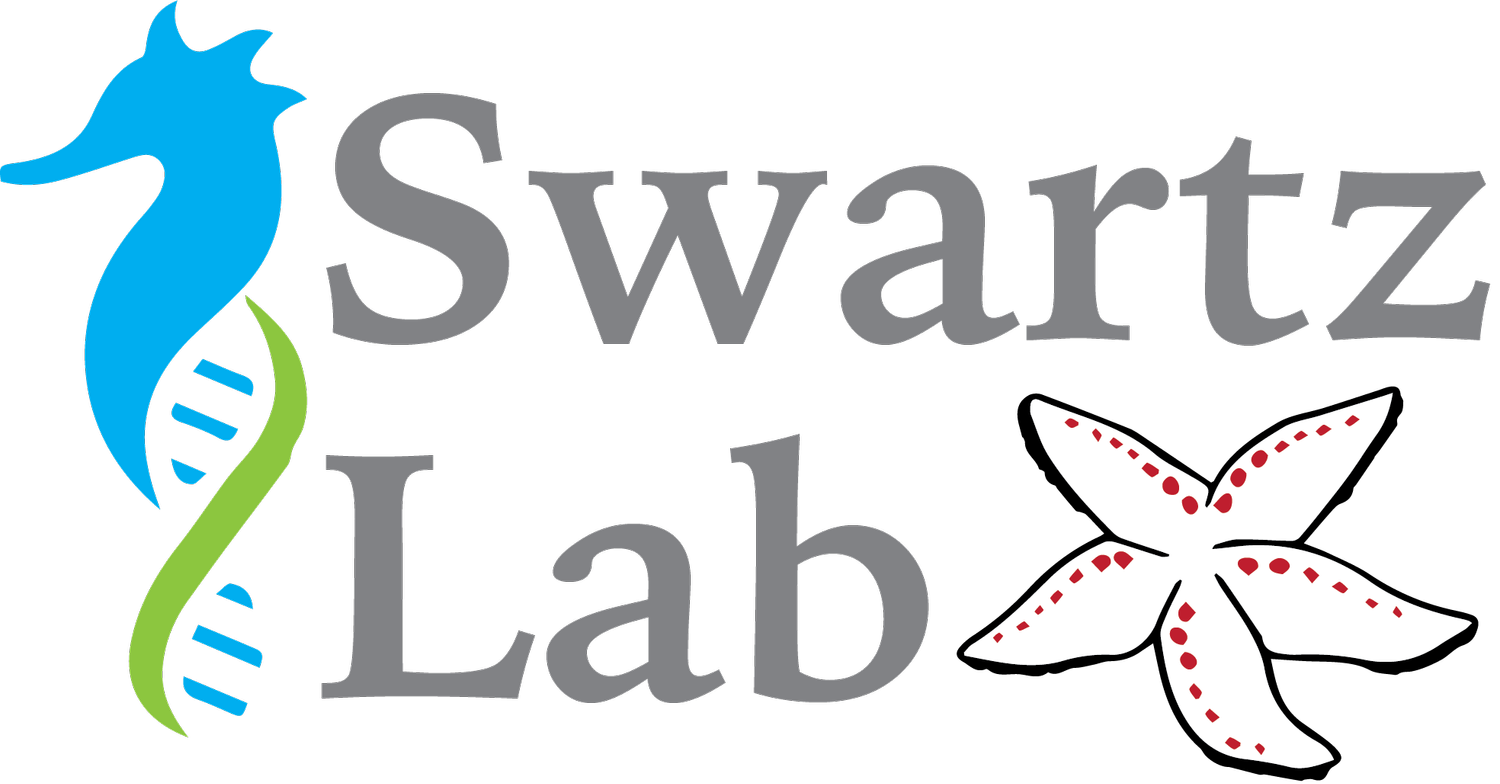Tuning cell division for reproduction and in response to a changing ocean.
Oocytes must undergo an acrobatic series of divisions during a specialized cell cycle called meiosis, which is shared amongst nearly all animals. They must also be fertilized to incorporate the male genome, and then switch to mitosis, which divides the egg into individual embryonic cells. These divisions must occur precisely, as errors can lead to loss of fertility and developmental disorders. We are asking how phosphorylation and regulated translation coordinate these rapid changes in division strategy during the oocyte-to-embryo transition. Since these processes all occur in the open ocean, a major goal of our group is to determine how the oocyte-to-embryo transition responds to fluctuations within the natural habitat.
Relevant publications:
Swartz SZ, Nguyen HT, McEwan BC, Adamo ME, Cheeseman IM, Kettenbach AN. Selective dephosphorylation by PP2A-B55 directs the meiosis I-meiosis II transition in oocytes. Elife. 2021;10. Epub 2021/08/04. doi: 10.7554/eLife.70588.
Swartz SZ, McKay LS, Su KC, Bury L, Padeganeh A, Maddox PS, Knouse KA, Cheeseman IM. Quiescent Cells Actively Replenish CENP-A Nucleosomes to Maintain Centromere Identity and Proliferative Potential. Dev Cell. 2019;51(1):35-48 e7. Epub 2019/08/20. doi: 10.1016/j.devcel.2019.07.016.
Sea star oocyte undergoing meiosis and the first embryonic division. Green: microtubules, Magenta: DNA. Acquired on a point-scanning confocal.

